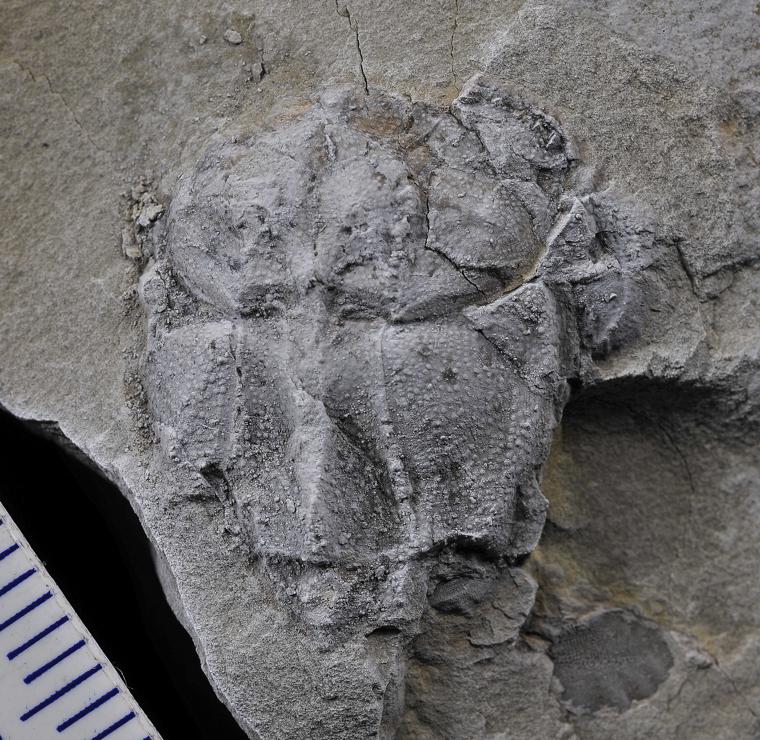Fish fossil suggests early evolution of jaws


Zhu Min, a researcher at the CAS Institute of Vertebrate Paleontology and Paleoanthropology, said the Silurian period occupies a pivotal stage in the unfolding of key evolutionary events, including the rise of vertebrates with jawbones.
"However, the understanding of this early diversification is often hampered by the patchy nature of the Silurian fossil record, with the articulated specimens of jawed vertebrates only known in isolated localities, most notably Qujing," he said.
The discovery significantly widens the distribution of Silurian placoderm-grade jawed vertebrates in South China and provides clues about the earliest evolution of jaws, he said.
He said the fossil is only 2 centimeters long and the fish may have been about 4 centimeters long.
"Though it is really a small fish, it could be a ferocious predator, eating other small animals around it with its maxillofacial bone and teeth," he said.
























